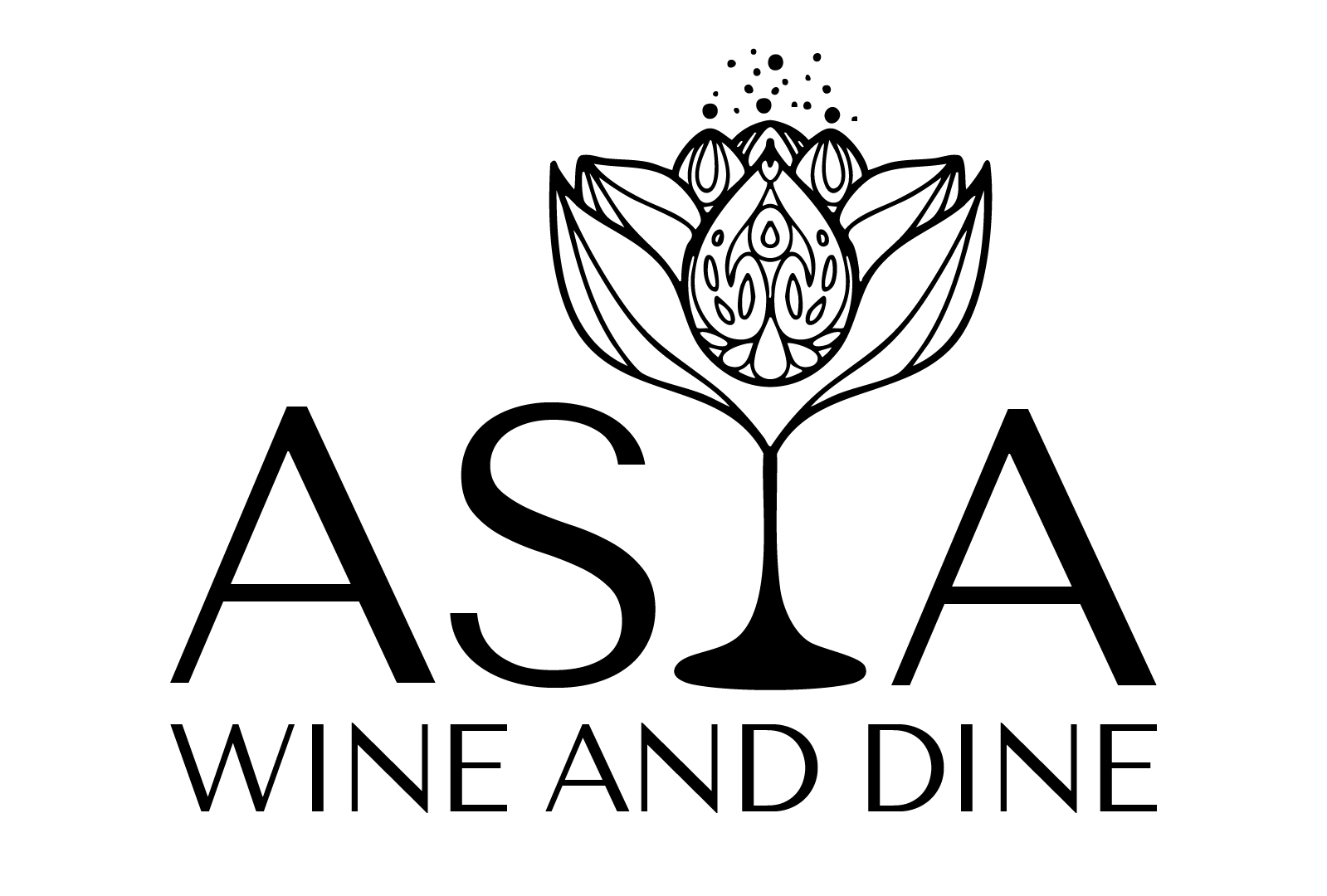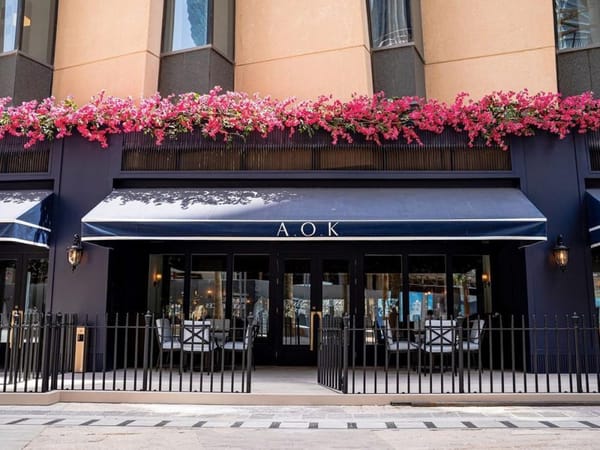Emerging Trends in Asia's Alcohol Market for 2025

Exploring the Key Drivers Shaping Asia's Alcohol Industry Landscape
As we navigate through 2025, Asia's beverage alcohol market is undergoing significant transformations influenced by economic shifts, evolving consumer behaviors, and innovative product developments. According to recent insights from IWSR, the global authority on beverage alcohol data and intelligence, several key trends are poised to redefine the industry across the continent.
1. Economic Resilience in Emerging Asian Markets
While mature markets grapple with economic uncertainties, emerging economies in Asia, particularly India and various Southeast Asian nations, are demonstrating robust growth. Factors such as a burgeoning young population, expanding middle class, and accelerated urbanization contribute to a heightened demand for premium and diverse alcoholic beverages. Consumers in these regions are increasingly exploring new drinking occasions and categories, signaling a shift towards more sophisticated consumption patterns.
2. Mainstream Adoption of Moderation
Moderation in alcohol consumption has transcended being a niche movement to become a widespread cultural phenomenon across Asia. This trend spans all age groups and demographics, with consumers adopting various strategies:
- Reduced Consumption Frequency and Intensity: There's a notable rise in 'light' drinkers who consume alcohol less frequently and in smaller quantities.
- Periods of Abstinence: Temporary breaks from alcohol are gaining popularity, especially among younger, affluent individuals. In India, for instance, 72% of affluent drinkers in major cities have reported abstaining for certain periods.
- Single-Category Consumption: Consumers are increasingly choosing to stick to one type of beverage per occasion, which often leads to reduced overall intake.The IWSR
This shift towards mindful drinking is also propelling the no- and low-alcohol beverage sectors. Projections indicate that the no-alcohol category alone is expected to deliver incremental growth of over US$4 billion by 2028 in key markets.
3. Digital Platforms Influencing Purchasing Decisions
The digital revolution is markedly influencing consumer purchasing behaviors in Asia's beverage alcohol market. E-commerce platforms and digital marketing are becoming pivotal in shaping both online and offline sales. Brands are leveraging digital channels to engage with tech-savvy consumers, offering personalized experiences and convenient purchasing options. This trend is particularly pronounced in urban centers where internet penetration and smartphone usage are high.
4. Premiumization and Product Innovation
There's a growing consumer inclination towards premium alcoholic beverages, driven by rising disposable incomes and a desire for unique experiences. This has led to an increase in demand for high-quality, imported brands, as well as innovative products that cater to local tastes. Craft spirits, artisanal beers, and fusion beverages that blend traditional flavors with contemporary twists are gaining traction among Asian consumers.
5. Health-Conscious Consumption Patterns
Health and wellness trends are significantly impacting alcohol consumption habits in Asia. Younger generations, in particular, are exhibiting a preference for beverages that align with a healthier lifestyle. This includes a surge in popularity for low-calorie drinks, organic ingredients, and beverages with functional benefits. The industry is responding by introducing products that cater to these health-conscious consumers, reflecting a broader global movement towards mindful consumption.
In conclusion, Asia's beverage alcohol market in 2025 is characterized by dynamic changes driven by economic growth in emerging markets, evolving consumer preferences towards moderation and health consciousness, digitalization, and a penchant for premium and innovative products. Stakeholders in the industry must stay attuned to these trends to effectively navigate the complex and opportunity-rich landscape.





